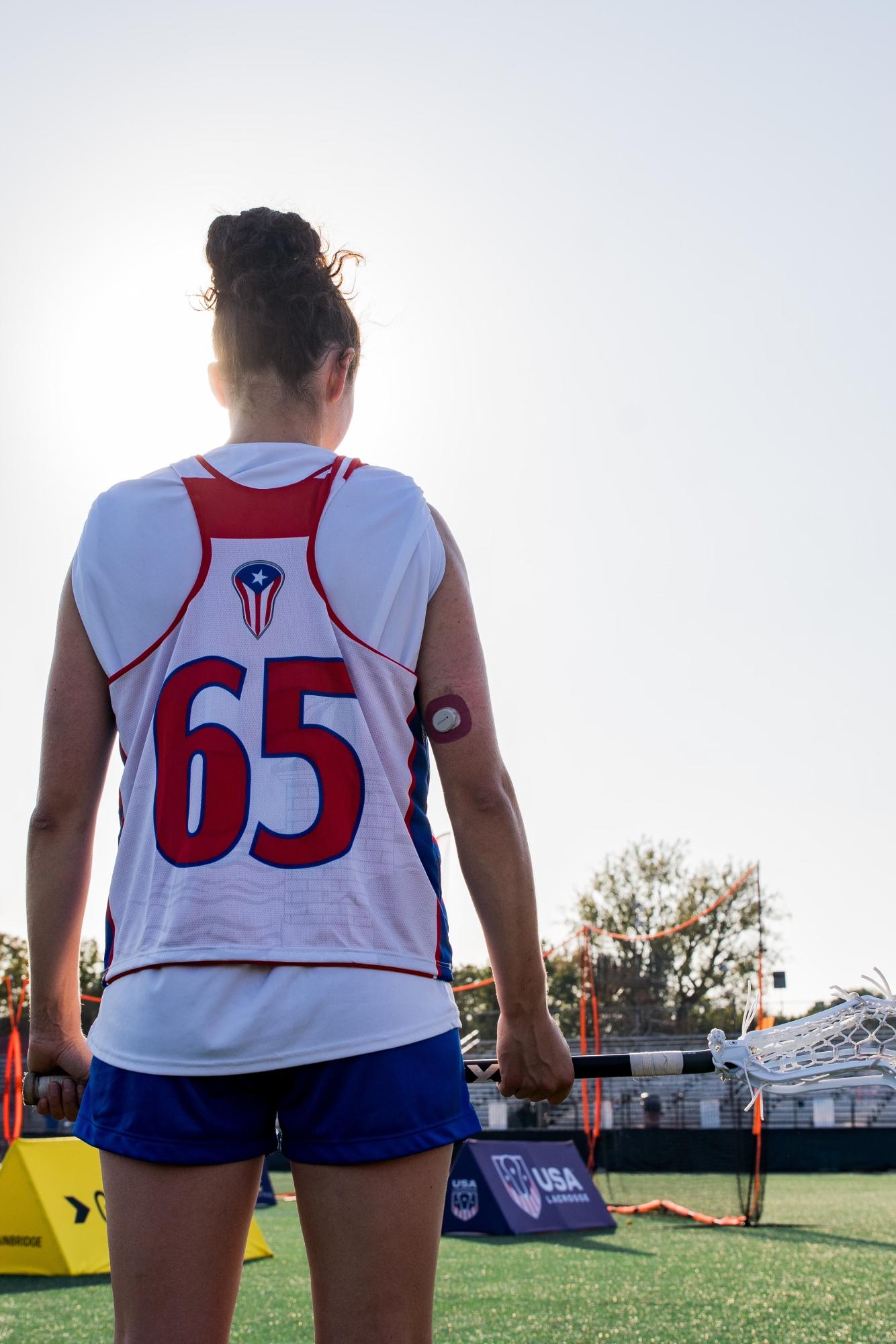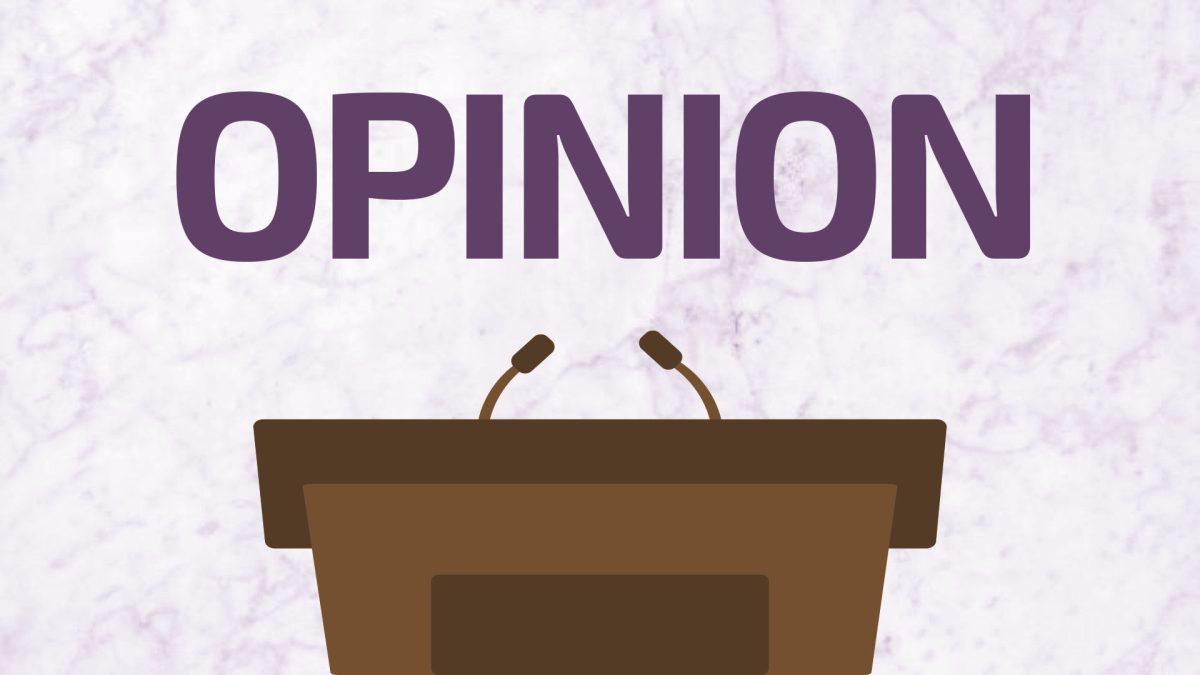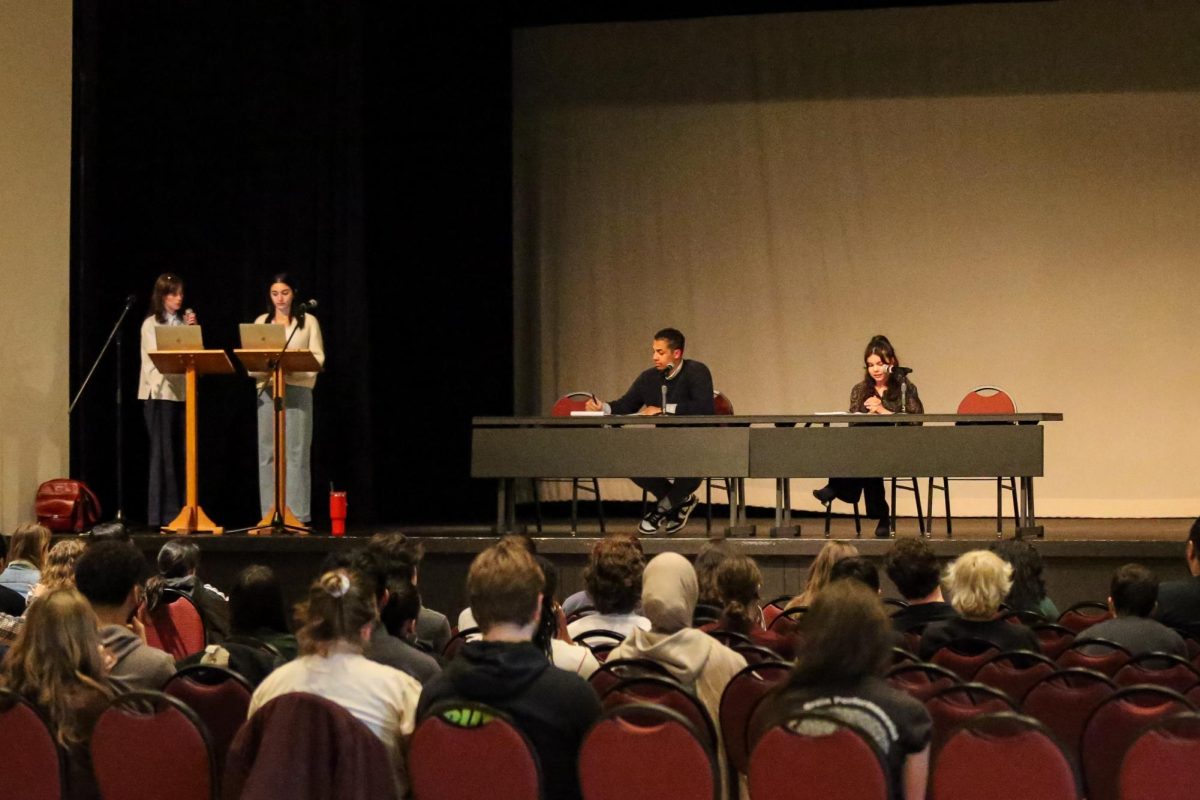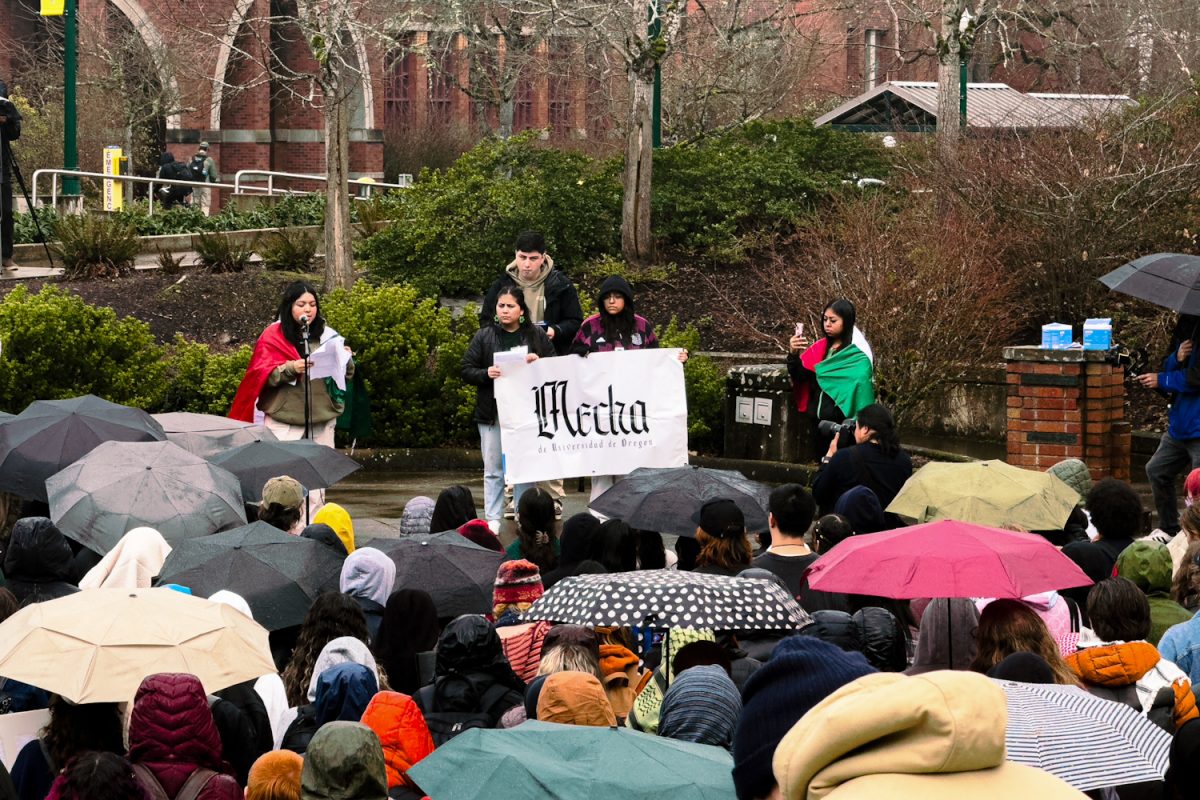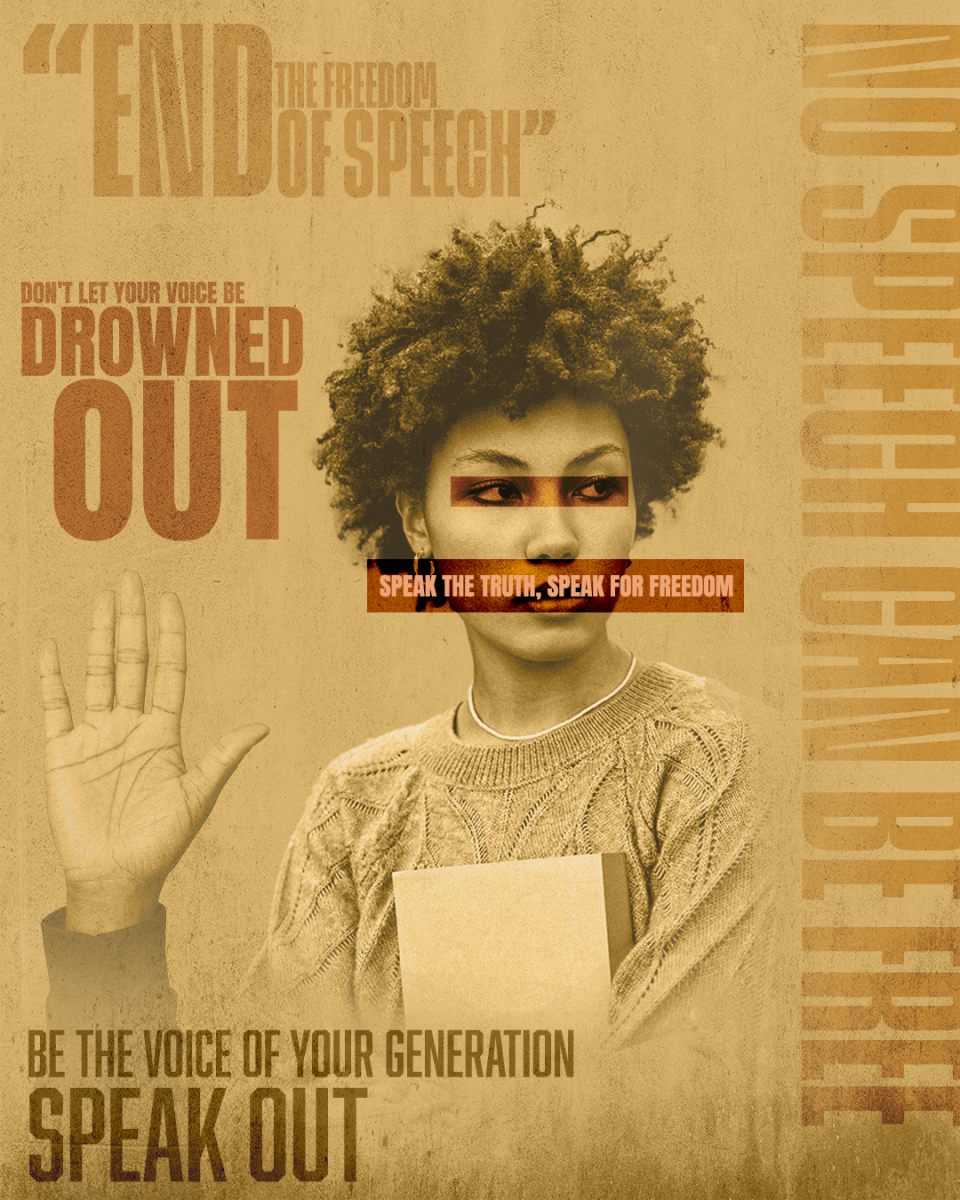Heckled by the irritable screeches of my alarm, my eyes simmer with bewilderment. It’s 2 a.m. I’m not quite awake and ready to start my day. Instead, I’m trying to savor my last few hours of peace while I attempt to quell my blood sugars.
Today, I honor that struggle with each day of National Diabetes Awareness Month and wear my pride on my sleeve in the same way many other Type 1 Diabetics have learned to do. But diabetes doesn’t take any days off, so why should we give it 30 days of recognition?
Some nights, my beloved routine is distracted by more primitive needs. Cavernous under eyes are amplified by sleepless nights and irritated senses. I recall fumbling aimlessly in the dark to find my Personal Diabetes Manager to get me back to even ground.
Unfortunately, my blush pink and sparkly PDM doesn’t glow in the dark, but it does pair well with my Humalog insulin vial protector. Nothing like escaping a near-death hypoglycemia in style. Where fashion collides with life and death, there’s no thrill like the wake-up call that is restoring the sugar content in your bloodstream.
Mountains are typically some of my favorite sights, especially the ones in the Pacific Northwest. Plotting them on a graph illuminated by the glow of a blue light box casts a completely different light on my mood, however.
Determined not to be the only one with this riveting view, I outsourced my network and asked local T1Ds for their diabetic takes.
University of Oregon junior, Aidan Margerum, talked about his diagnosis journey and how his experiences with Type 1 Diabetes have shaped his identity.
Margerum, a member of UO’s Ducks with Diabetes, was diagnosed during his freshman year of high school. The Eugene native said that he chose to stay close to home for college to avoid changing doctors and health services.
He talked about the closed-loop system of stress.
“When I get stressed, it’s either because I’m high [hyperglycemic] or it causes me to be high [hyperglycemic],” Margerum said.
Technology, including the Dexcom continuous glucose monitor (CGM), has relinquished some of those pain points. In his return to club soccer, the athlete shared the experimental journey that made it feel like a tightrope walk. Relearning the things that have come historically natural to you is an unparalleled experience, “but it’s possible,” Margerum said.
Diabetes burnout is unfashionable, but it’s real and needs to be recognized. What’s also real is the feeling of not wanting to be seen, of wanting to normalize your identity. At times, I feel the same.
“[My friends] don’t see me as diabetic, they just see me as me, which is what I want people to see,” Margerum said.
That type of invisible activism is particularly poignant in conditions like T1D, where peaks and valleys require vigilance to create a more informed public. Maybe that starts by redefining how we learn about it in our middle school health classes.
In a subtle shift, Aidan posed a question for me: “If the opportunity arose where you had the chance to reverse [your] diabetes, do you think you would do it?
“It’s such a hard question,” he added, “because it’s part of your identity.”
Honestly, I wouldn’t. The unspoken discipline, responsibility, maturity and resilience that manifested from my diagnosis deserve recognition. Wearing my pride – my Dexcom G7 – on my sleeve, in the same way Margerum showcases his Omnipod 5 and G6 sensor — without the warmth of a protective sweater, he admits — breathes life into diabetes education as a priority, not an afterthought.
“Having to deal with something that people can’t [see], it can be hard sometimes,” Margerum said.
I completely agree, Aidan. That’s why I’ve also written on the importance of externalizing individual illness.
I visited my athletic trainer the other day for dry needling, a form of physical therapy used to augment recovery.
“Are you afraid of needles, Bri?” he asked. “No, I can’t be. I use them every day.”
“Technically, you still can be,” he said.
Though this conversation might be concerning when taken out of context, it’s important to realize that T1D doesn’t actually improve with time, your mentality around it does.
When I acknowledged the agency I had in determining my mental approach to a hidden disease, it gave me a sense of inner calm. It’s less of a narrative about ending the stigma but translating a silent struggle into a shared language.
In typical winter fashion, NDAM emphasizes the chilling blues that extend themselves to a Type 1 Diabetes diagnosis. Somber hues evoke a reality that many face, but at the same time, it’s a beacon for hope, awareness and inspiration.
It serves as an opportunity to celebrate the progress that’s been made, including the recent Nature feature detailing the world’s first successful stem cell transplant in a female patient with T1D. The article highlights a 25-year-old who reversed her diabetes nearly three months after the treatment, which involved injecting 1.5 million islets into her abdominal muscles to be observed via MRI technology.
Apart from being my birth month, November provides an important platform to commemorate the research being done to encourage a downward trajectory for the numbered 7,700 freshmen who enter college nationwide each year with T1D. Diabetic or not, advocacy lies in listening to and asking questions about the daily dedication of those living stealthily sick.
Awareness is imperative, but so is the constant, unwavering support that extends well beyond the month of familial gratitude.


